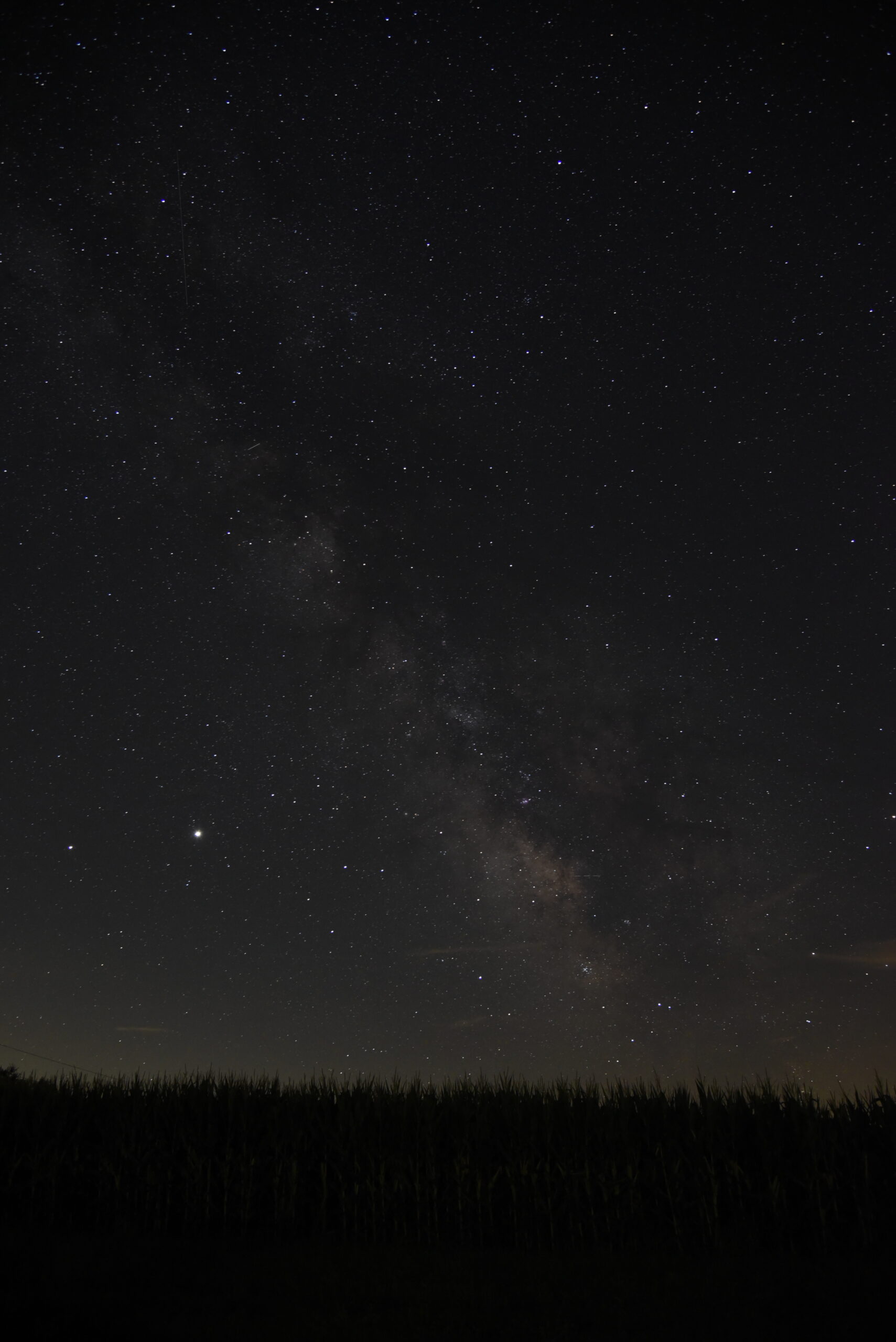One of the constellations of the zodiac
Sagittarius with Jupiter and Saturn
Sagittarius is a prominent constellation located in the southern sky, best visible during the summer months in the Northern Hemisphere. It is one of the 12 constellations of the zodiac and is traditionally represented as a centaur archer, drawing a bow. Despite this mythological image, the stars of Sagittarius form a much more recognizable pattern known as “The Teapot”, an asterism that resembles a teapot with a handle, spout, and lid. This part of the sky is especially rich in celestial objects, as it lies in the direction of the center of the Milky Way galaxy.
Astronomically, Sagittarius is home to many fascinating deep-sky objects due to its position in a densely packed region of the Milky Way. Some of the most notable include the Lagoon Nebula (M8), Trifid Nebula (M20), Omega Nebula (M17), and the Sagittarius Star Cloud (M24)—all of which are star-forming regions and can be seen with binoculars or a small telescope. Also within Sagittarius lies Sagittarius A*, a powerful radio source that marks the location of the supermassive black hole at the center of our galaxy. This makes the constellation especially important in both amateur astronomy and professional astrophysics.

In mythology, Sagittarius is associated with the centaur Chiron or sometimes Crotus, a skilled archer and companion to the Muses. The constellation has been recognized by many ancient cultures and is often linked to themes of strength, wisdom, and exploration. Today, Sagittarius remains a favorite for stargazers not only because of its mythological significance but also for the wealth of celestial wonders it contains, particularly when viewed from dark-sky locations during summer nights.
Nikon D750 at 24 mm
Wisconsin, United States
